The Mystic Seaport StoryKit Project
Like most TVIs, the preschool Education Consultants at CT Services for the Blind have been using “storyboxes” for many years with our students. Also, like most TVIs, we’ve tried to provide a variety of social activities for our 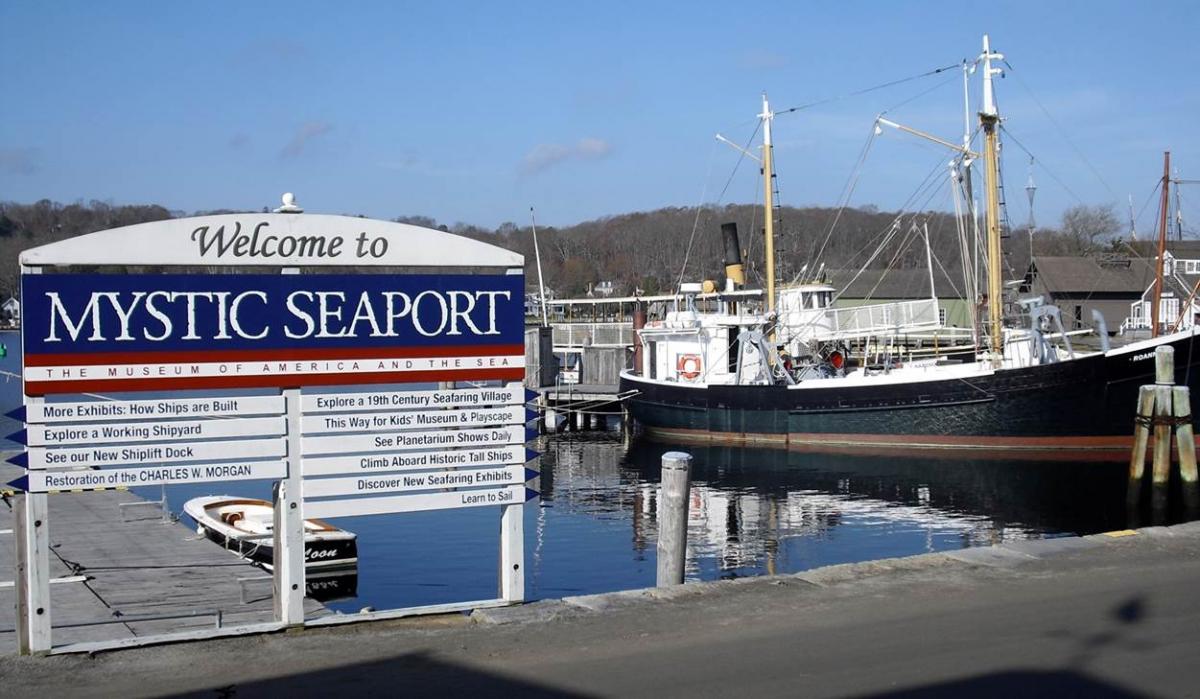 young students and their families. Many of our “preschool family field trips” combine both, so families can share an experience with each other, and then take a related storybox home with them. This past year, with the encouragement of Brian Sigman at BESB, and the enthusiastic response from Barbara Jarnagin from Mystic Seaport, I decided to try to expand that concept to that amazing historical site in CT, the Mystic Seaport Museum. We thought that having the storyboxes (or storykits, or storybags…) at the site for families whenever they visited would make it more accessible to more people (they didn’t have to wait for the given field trip date, and then hope there wasn’t a conflict with the one day and time we chose). The Seaport is known all over the world, and the thought of helping make it an even more exciting place for our young students with visual impairments was incredibly energizing!
young students and their families. Many of our “preschool family field trips” combine both, so families can share an experience with each other, and then take a related storybox home with them. This past year, with the encouragement of Brian Sigman at BESB, and the enthusiastic response from Barbara Jarnagin from Mystic Seaport, I decided to try to expand that concept to that amazing historical site in CT, the Mystic Seaport Museum. We thought that having the storyboxes (or storykits, or storybags…) at the site for families whenever they visited would make it more accessible to more people (they didn’t have to wait for the given field trip date, and then hope there wasn’t a conflict with the one day and time we chose). The Seaport is known all over the world, and the thought of helping make it an even more exciting place for our young students with visual impairments was incredibly energizing!
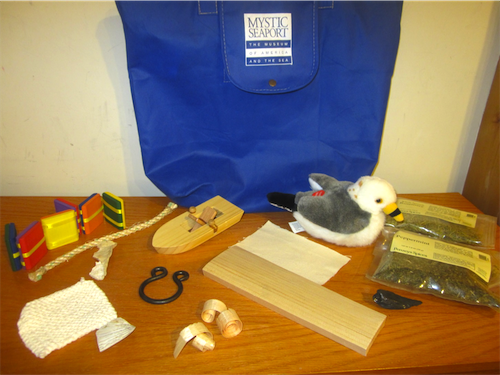 I am a TVI and COMS from the Connecticut Department of Rehabilitative Services-Bureau of Education and Services for the Blind, and I worked with Barbara Jarnagin, Supervisor of School and Family Programs at Mystic Seaport to develop a special on-site program for preschoolers with visual impairments and their families visiting in the summer. This year’s program was fully funded by a grant from the State. I handle the advertising for the program through contact with my students' families and give the interested families vouchers for the program.
I am a TVI and COMS from the Connecticut Department of Rehabilitative Services-Bureau of Education and Services for the Blind, and I worked with Barbara Jarnagin, Supervisor of School and Family Programs at Mystic Seaport to develop a special on-site program for preschoolers with visual impairments and their families visiting in the summer. This year’s program was fully funded by a grant from the State. I handle the advertising for the program through contact with my students' families and give the interested families vouchers for the program.Why we did it:
-
An enriching interactive program easy for the parents to lead and experience with their children
-
A Museum experience tied to a local children’s book.
-
Cindy approached Mystic Seaport, looking for a program with a history museum.
-
Funded by a grant from the state
-
This kit is just what museums want to provide:
What we did:
-
 We chose six very different exhibits/locations for preschool children with visual impairments and their families to explore
We chose six very different exhibits/locations for preschool children with visual impairments and their families to explore - Cindy and Barbara walked thru the exhibits together to see what experiences we could provide and what we thought would work the best for the children Cindy worked with.
- Barbara gathered materials for 2 prototype bags. Materials were relatively cheap or free. Most items are used with groups that come for a guided tour.
- Cindy and two families came to Museum to try the storykits. We both took lots of notes and had a debriefing session with parents.
- We refined the number of exhibits and what the visitors could do in one to two and a half hours.
- We made 23 more bags.
- 4 bags were kept in the Visitor’s Reception Center.
- Gate and exhibit staff were briefed on the program.
Lessons we learned:
- Don’t be afraid to reach out to museums; they probably have lots of ideas and resources, and just need a little help to market to people who have visual impairments!
- The Education staff and the exhibit Interpreters were thrilled with the storykits.
- The kits are great for children of any age and ability.
- The vouchers need to go from Visitors’ Reception Center to Barbara so Cindy and Barbara know who, when and how many families came for the kits.
-
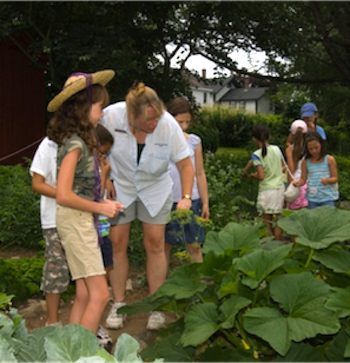 Don’t hold the books hostage for the evaluations (we will now be putting the books in the story bag).
Don’t hold the books hostage for the evaluations (we will now be putting the books in the story bag). - Revise evaluation- ask what you really want to know.
- Take photos (with the parents’ permission) of the storykits being used.
- Label objects and have corresponding letters in the instruction booklet.
- Don’t put objects in a zip-lock bag (they are a little too much like snack bags!).
- Think about where you will store the bags, for easy accessibility.
- Have photos or Ipad images of inaccessible areas.
How can YOU do this?:
- Reach out to Education Directors and Supervisors of museums. Think of museums other than science and children’s museums.
- Use your existing successful storykits as a springboard.
- Split the cost of the storybags.
- Make a prototype and experiment.
- Get the word out to your network of families.
- Experiment with versions of the evaluation form. Make it simple, easy to complete and return.
- Ask your families for photos and testimonials.
Materials
- Jib hank from Shipsmith shop (happily made by our shipsmith)
- Coal chunk
- Piece of rope
- Piece of sail canvas
- Piece of dried fish (yum!)
- Wood shavings
- Sanded stave (happily made by our Cooper)
- Broken, sanded clam shell (donated by the clams)
- Booklet of questions and things to experience in the exhibits (written and revised together)
Purchased at the Museum Store at a discount
- Mystic Seaport Museum bag
- Toy boat
- Jacob’s Ladder toy
- Town Small book
Purchased/provided by CT DORS-BESB
- Stuffed seagull with authentic seagull call
- Knitted cotton square (made by BESB volunteers)
- Dried herbs
- Containers
- Evaluation form and stamped envelope
- Braille labels for book and objects
Get more information here:
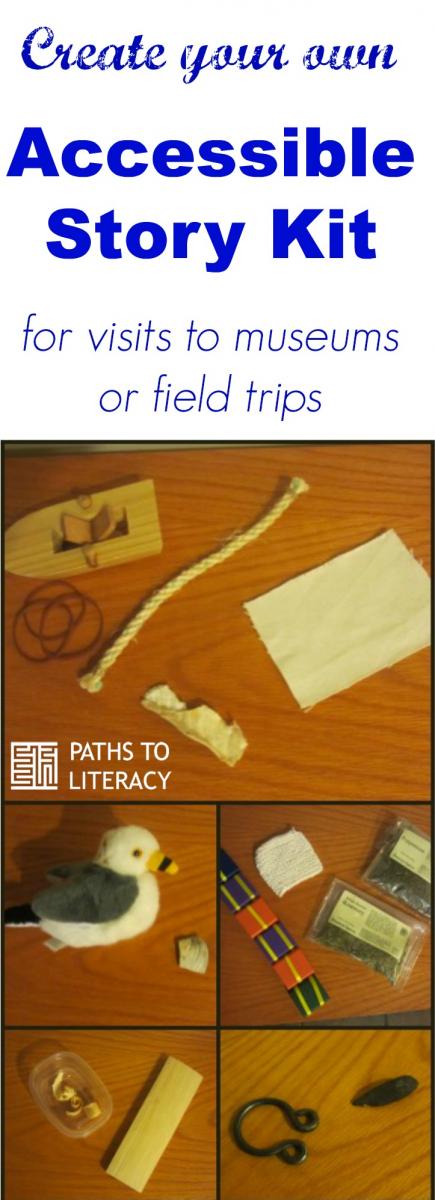

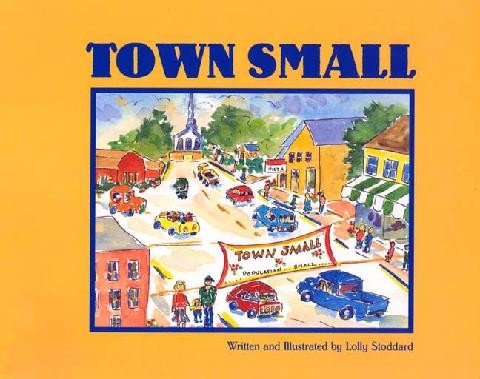
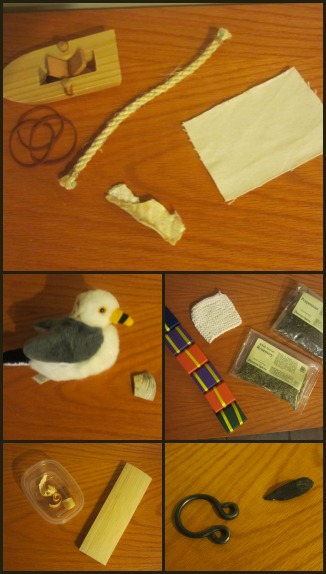
Comments
New Videos about Mystic
A new video from Mystic Seaport